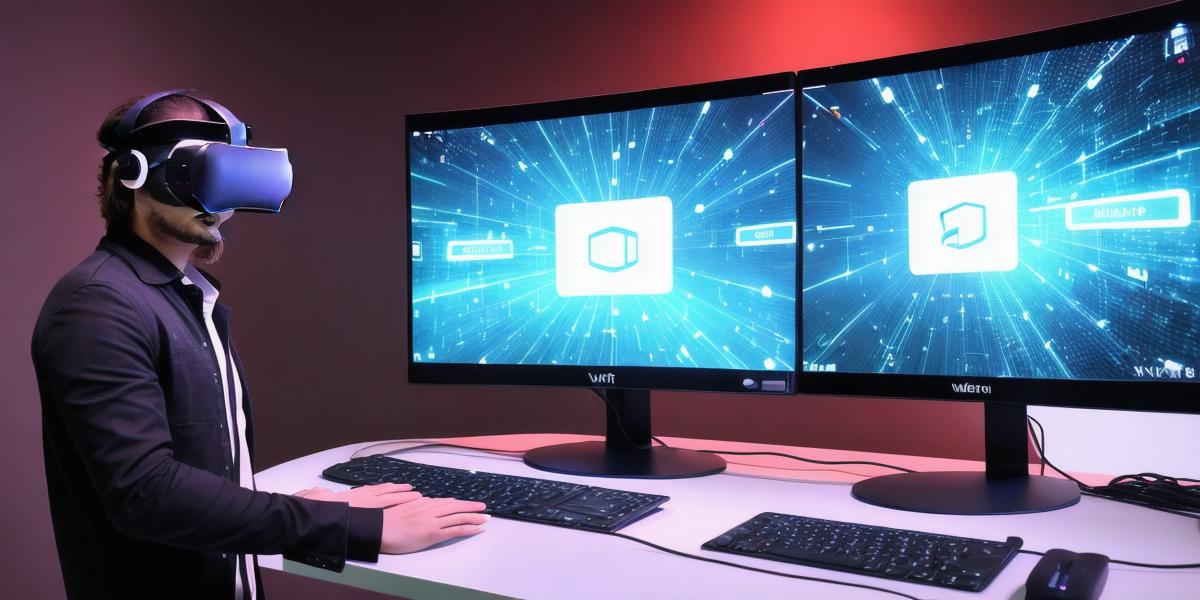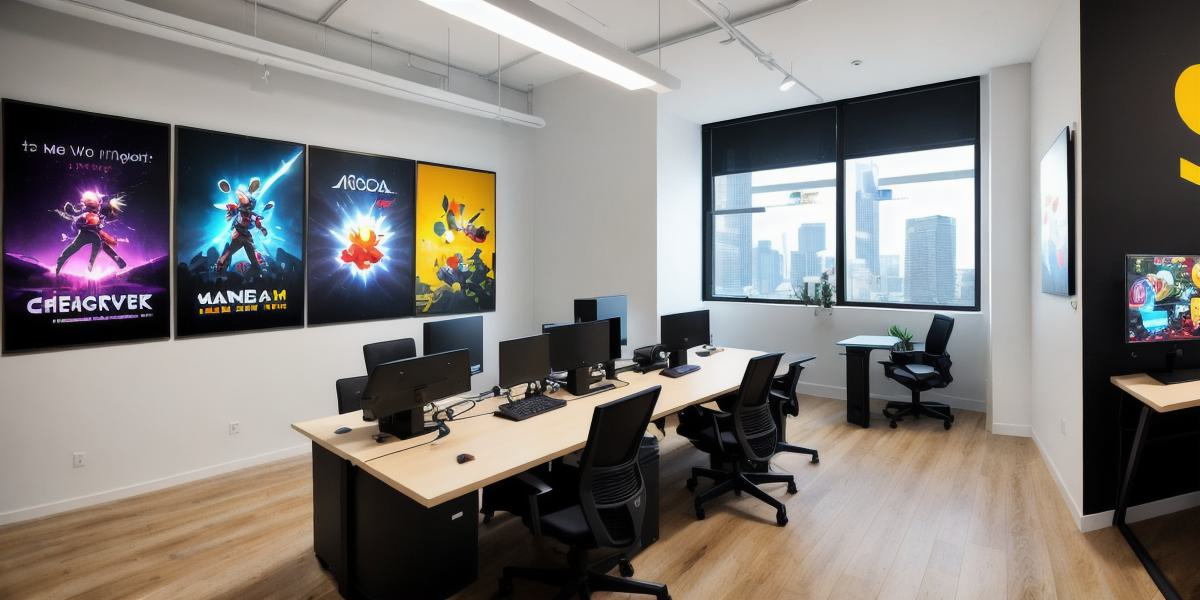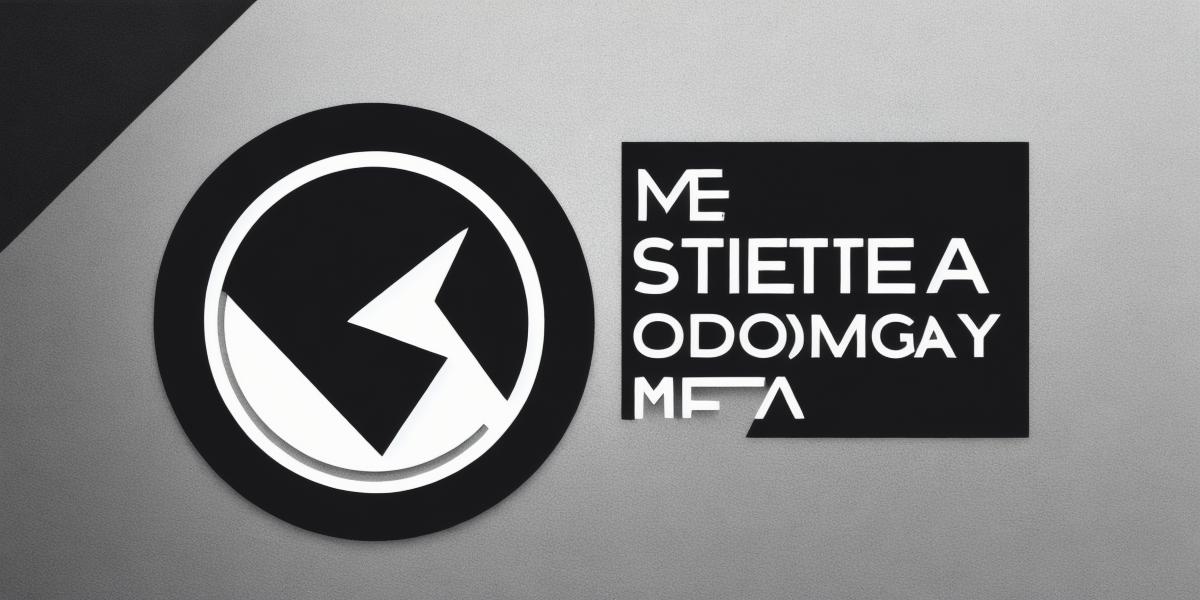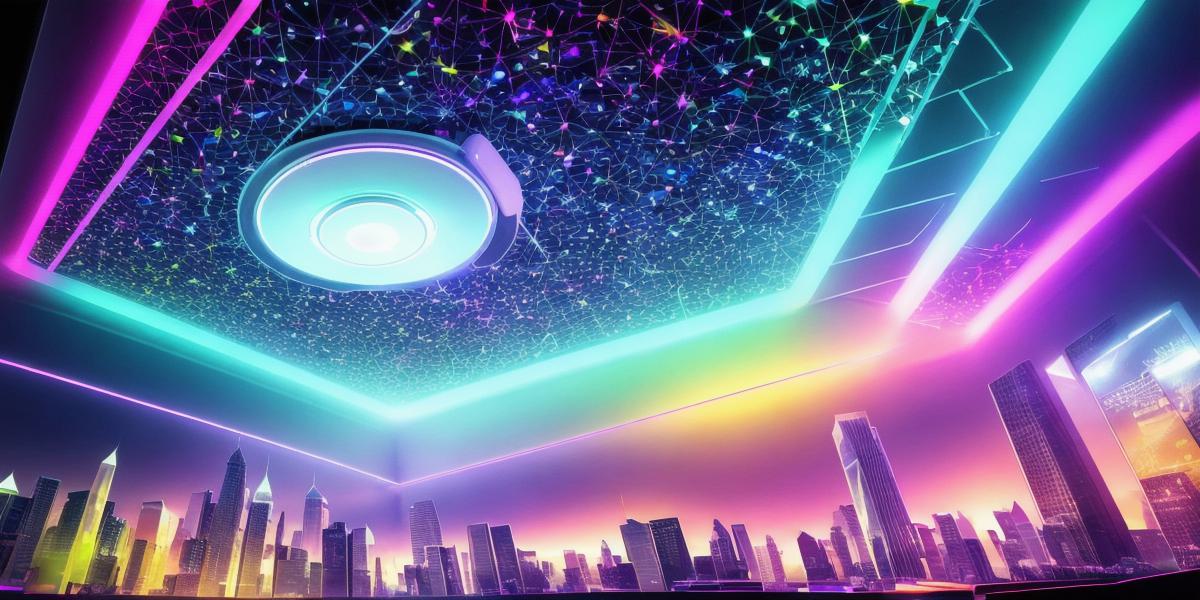Are you ready to dive into the world of metaverse development? With the rise of virtual reality and augmented reality technologies, the metaverse is becoming an increasingly popular destination for gamers, socializers, and businesses alike. In this article, we’ll explore how to learn metaverse development through a step-by-step tutorial.
Step 1: Choose Your Development Environment
The first step in learning metaverse development is choosing your development environment. There are many options available, including Unity, Unreal Engine, and A-Frame. Each has its own strengths and weaknesses, so it’s important to choose the one that best suits your needs. For example, Unity is a popular choice for beginners due to its user-friendly interface and extensive documentation.
Step 2: Learn the Basics of Metaverse Development
Once you’ve chosen your development environment, it’s time to start learning the basics of metaverse development. This includes understanding the concepts of 3D modeling, texturing, and animation. You’ll also need to learn how to create interactive elements such as buttons, menus, and user interfaces. There are many online tutorials and courses available that can help you get started.
Step 3: Create Your First Metaverse Experience
After learning the basics, it’s time to create your first metaverse experience. This could be a simple game or a virtual tour of a museum or art gallery. The key is to start small and build from there. As you gain more experience, you can add more complexity to your projects.
Step 4: Join the Metaverse Community
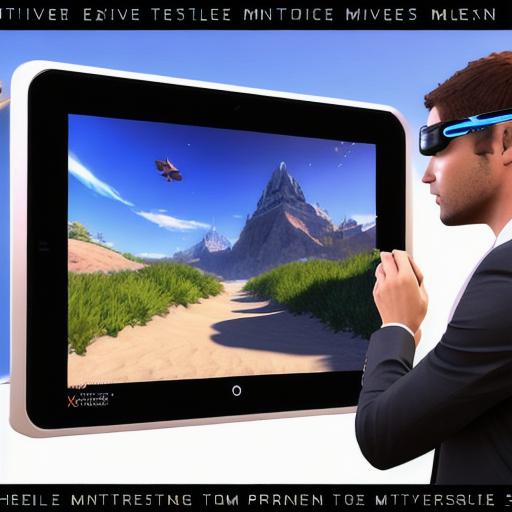
The metaverse community is a vibrant and supportive group of developers, designers, and enthusiasts. Joining online forums and social media groups can help you connect with others who are also learning metaverse development. You can ask questions, share tips, and get feedback on your projects.
Step 5: Experiment and Iterate
Metaverse development is all about experimentation and iteration. Don’t be afraid to try new things and make mistakes. The key is to learn from them and keep improving. As you gain more experience, you’ll start to see patterns and best practices that can help you create better metaverse experiences.
Case Study: Metaverse Development for Gaming
One example of metaverse development in action is gaming. Games like Fortnite and Minecraft have become massive hits thanks to their immersive, interactive environments. These games have inspired a whole new generation of gamers who are looking for even more exciting and engaging experiences. By learning metaverse development, you could be part of the next wave of gaming innovation.
Expert Opinion: "Metaverse development is the future of gaming." – John Carmack, co-founder of id Software
Real-Life Example: Metaverse Development for Education
Another example of metaverse development is education. Virtual reality and augmented reality technologies are being used to create immersive learning experiences that can help students visualize complex concepts. For example, medical students can use virtual reality to practice surgeries, while history students can explore ancient civilizations in 3D. By learning metaverse development, you could be helping to shape the future of education.
FAQs:
1. What tools do I need to start metaverse development?
You’ll need a computer with a graphics processing unit (GPU), as well as software for creating and editing 3D models and animations. Some popular options include Unity, Unreal Engine, and A-Frame.
2. How long does it take to learn metaverse development?
It depends on how much time you can devote to learning and practicing. With dedication and effort, you could start creating simple metaverse experiences within a few months. However, mastering the craft will take more time and practice.
